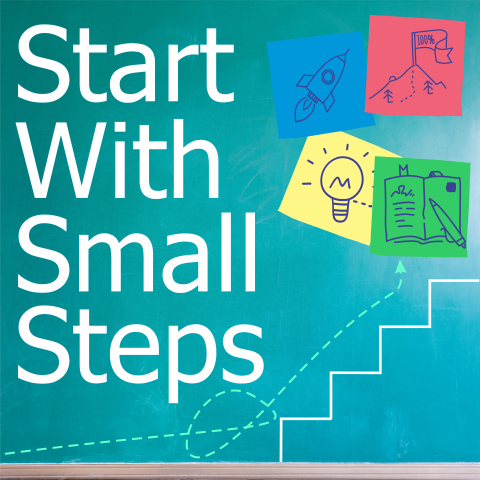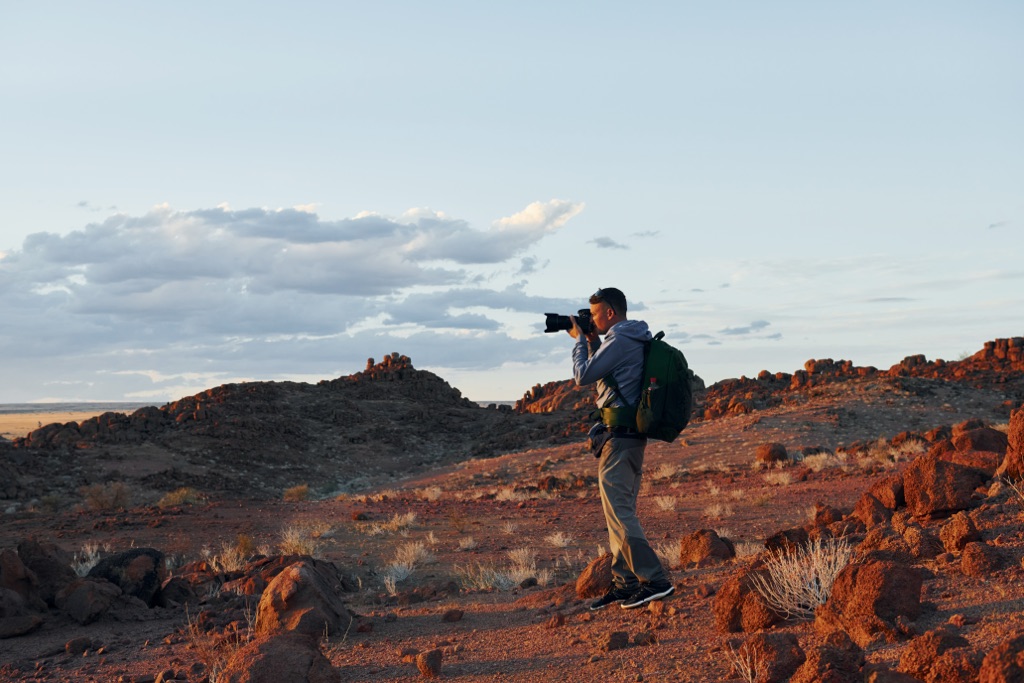Personal development often centers on discovering strengths. Personality tests, leadership training, and career coaching all encourage identifying what comes naturally. But there’s another, often overlooked side of the equation: weaknesses. Understanding them isn’t about dwelling in negativity—it’s about gaining clarity. The latest episode explores why recognizing personal weaknesses is essential for growth, relationships, and long-term success.
Strengths Alone Aren’t Enough
Relying solely on strengths without acknowledging weaknesses can lead to blind spots. A weakness, if left unchecked, can quietly undermine progress. It might show up as procrastination, frustration, or failure in tasks that require a skill that isn’t well-developed. Without recognizing the pattern, it’s easy to keep making the same mistakes—choosing jobs, projects, or roles that feel like constant uphill battles.
Naming a weakness is the first step in neutralizing its power. There’s no opportunity to improve or work around what isn’t acknowledged. Owning it isn’t a defeat; it’s an act of self-leadership.
Patterns Reveal the Truth
One of the most effective ways to spot a weakness is by reflecting on consistent patterns. Tasks that are avoided, situations that cause dread, or moments that repeatedly feel like failures—all of these hold valuable clues. These patterns often point to areas where skill or confidence is lacking.
Avoidance, especially repeated avoidance, is a signal. It’s not always about laziness or lack of willpower. Sometimes it’s a subconscious strategy to steer clear of a known struggle.
Growth Accelerates with Honest Awareness
Once a weakness is clearly identified, it becomes possible to grow more efficiently. Improvement becomes targeted instead of random. Whether it’s through education, coaching, or building systems of support, progress happens faster when the effort is focused.
It’s also easier to avoid energy-draining commitments. When a person understands what doesn’t align with their natural abilities, they can say no more confidently and yes more strategically. This clarity prevents burnout and allows more room to operate in areas of strength.
Building Better Relationships
Knowing personal limitations also enhances relationships. It fosters honesty and trust when one can openly acknowledge a weakness and ask for help or collaboration. People naturally gravitate toward those who are self-aware and authentic, not those who pretend to have all the answers.
Mutual support thrives in an environment where people know and respect each other’s strengths and weaknesses. It encourages collaboration over competition and builds stronger teams in both personal and professional settings.
Protecting Strengths by Recognizing Weaknesses
Interestingly, identifying weaknesses helps in safeguarding strengths. Without this insight, it’s easy to get pulled into roles or tasks that sabotage effectiveness. When strengths are known and prioritized, and weaknesses are accounted for, energy is better directed. It’s about playing the long game and staying in a lane where success is sustainable.
This awareness also allows for more strategic delegation. Instead of stretching thin or pretending to be good at everything, time and talent can be invested wisely.
Emotional Integrity and Self-Honesty
There’s a deeper level to this journey: emotional honesty. Acknowledging a weakness is often uncomfortable. It can stir feelings of embarrassment, insecurity, or defensiveness. But emotional reactions themselves can be powerful indicators. When feedback about a particular area triggers discomfort, it’s often because it hits close to a weakness.
Instead of masking or avoiding these emotions, the better path is to engage with them. They provide useful insight and often point toward areas where growth is both needed and possible.
Not All Weaknesses Require a Fix
An important distinction arises in the discussion: not every weakness must be fixed. Some skills or activities can simply be set aside. The key is to sort weaknesses into two categories: those that require improvement because they affect daily life or professional success, and those that can be safely ignored.
This sorting helps preserve time and energy. It’s okay to be bad at something that isn’t essential. Trying to master every weakness is a recipe for frustration. Instead, energy can be invested where it has the greatest return—improving essential skills while letting go of less important ones.
Tools and Support Systems Matter
Modern tools can also play a role in supporting areas of weakness. Whether it’s using technology, finding templates, or partnering with others, external support doesn’t mean cheating growth—it means being smart about how improvement happens.
Even partial reliance on helpful tools can offer learning opportunities. Observing how a tool improves a process can offer insights into better practices and techniques that can later be applied independently.
Choosing What to Build and What to Drop
Time and energy are finite. Personal growth involves deciding where to build and where to let go. Not every weakness warrants hours of practice. Some might, especially if they relate to professional responsibilities. Others can be bypassed altogether. The key lies in being strategic—choosing to grow where it counts, and releasing the pressure where it doesn’t.
It’s not about becoming perfect; it’s about becoming intentional.
Conclusion: The Strength in Self-Knowledge
Understanding personal weaknesses isn’t a sign of inadequacy—it’s a path to wisdom. It allows for targeted growth, stronger relationships, and a more sustainable approach to success. By identifying the areas that drain energy or lead to poor outcomes, better decisions can be made. The result is not just improvement in those weaker areas, but a life that feels more aligned, confident, and empowered




